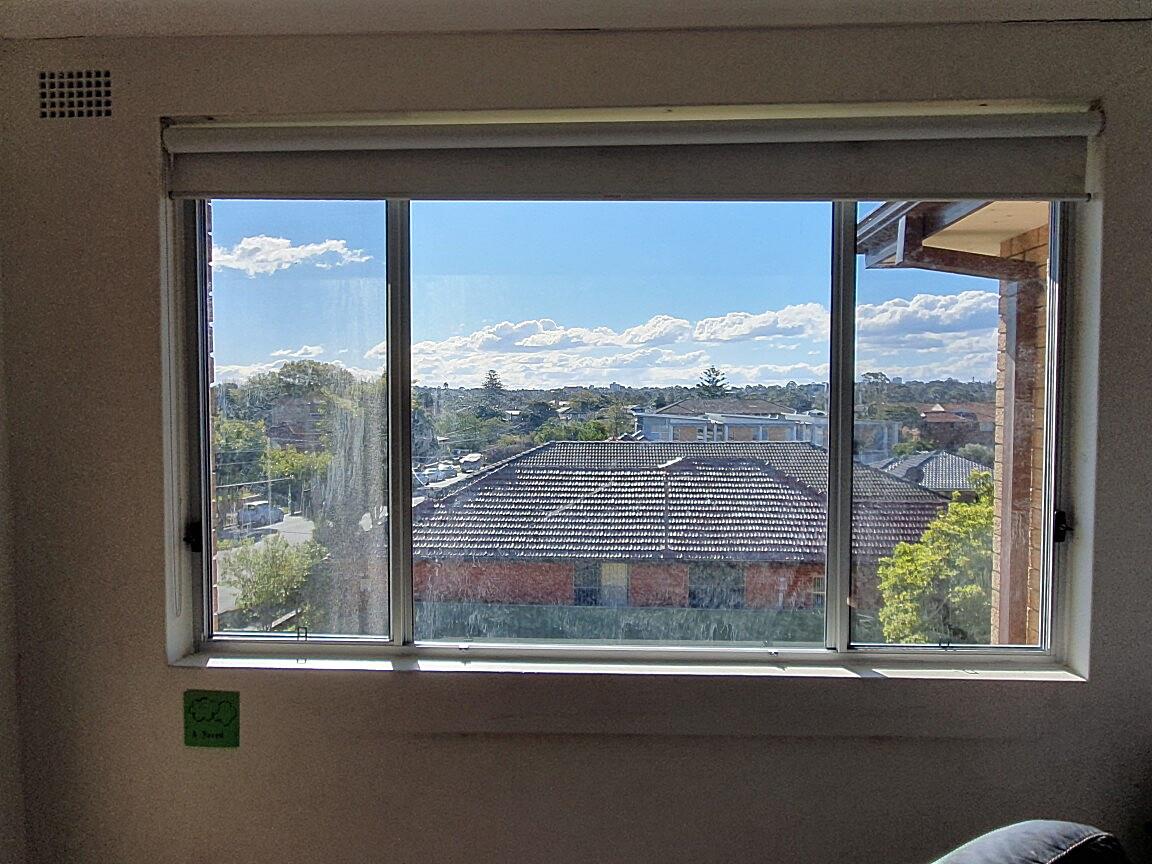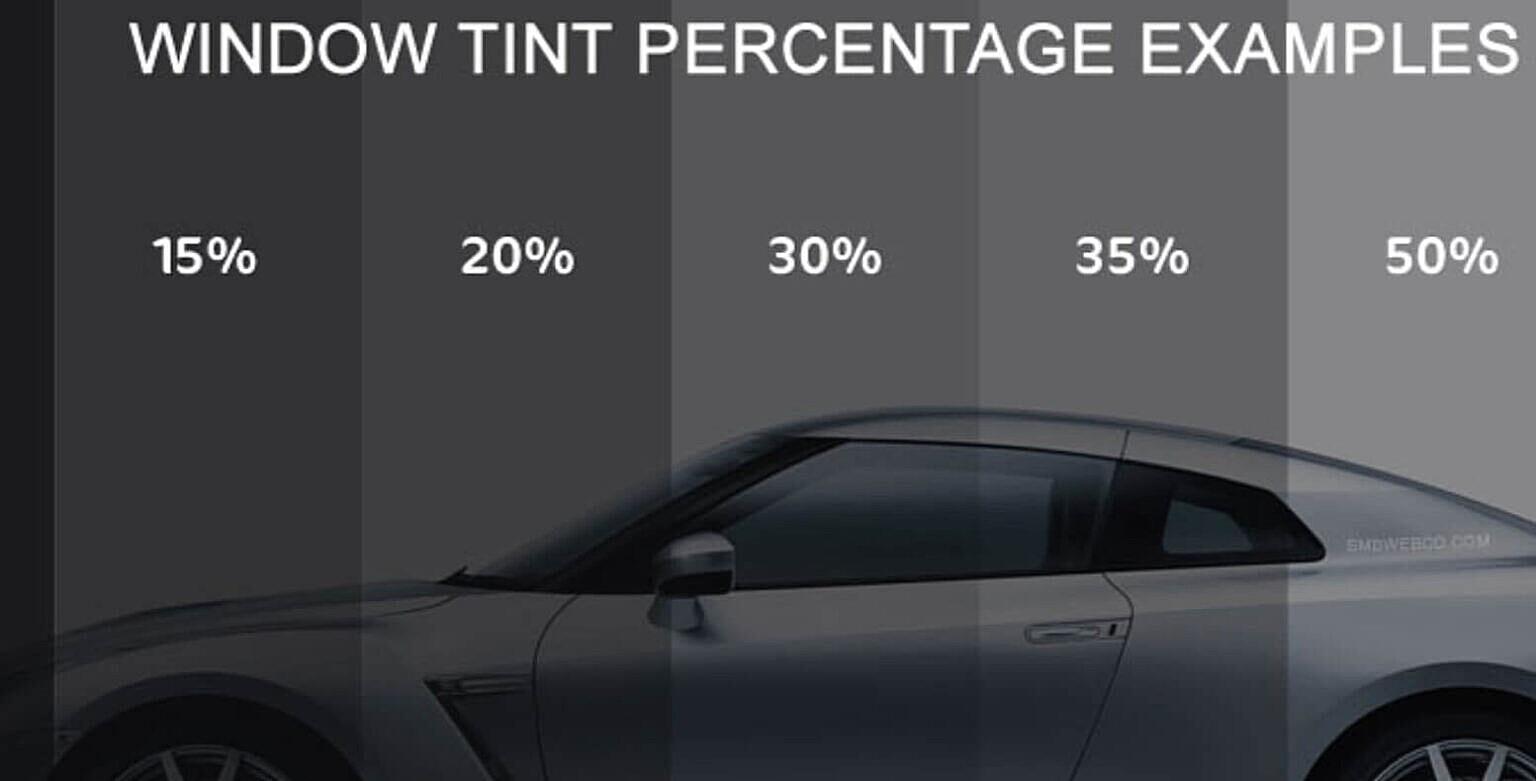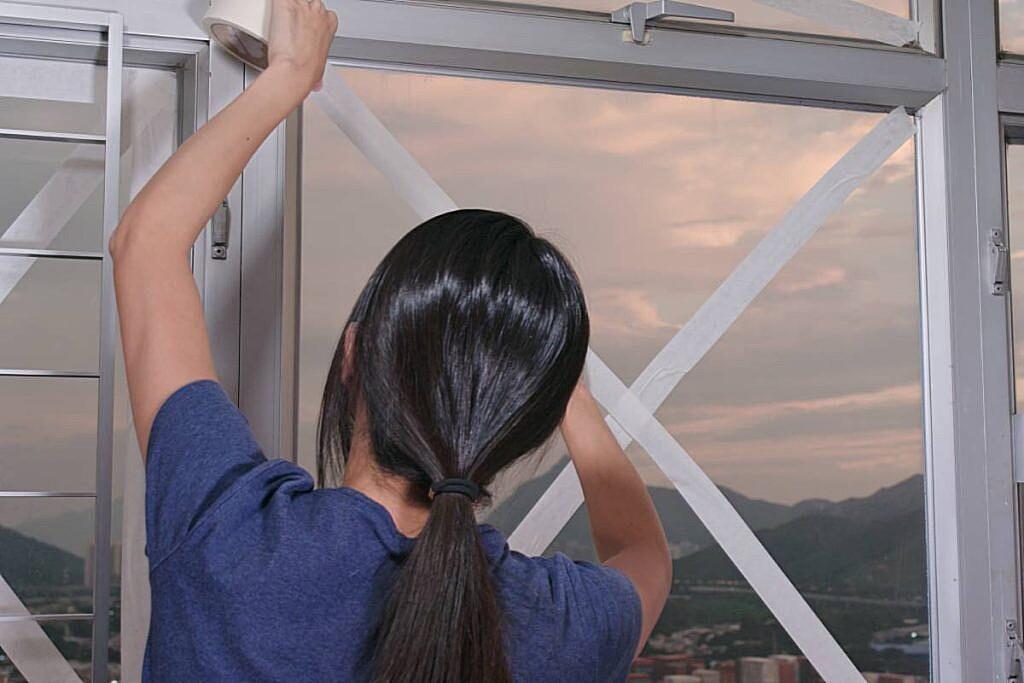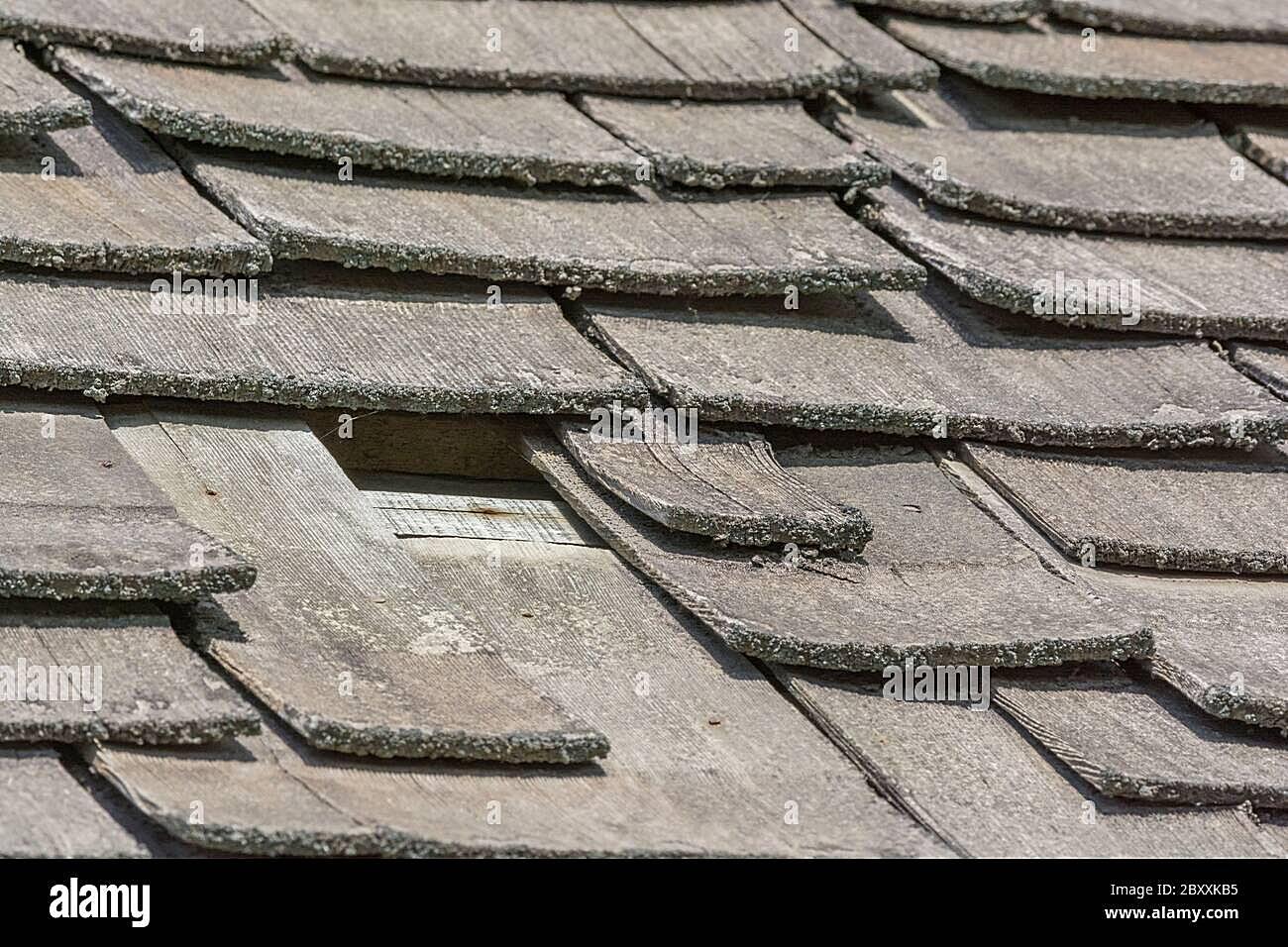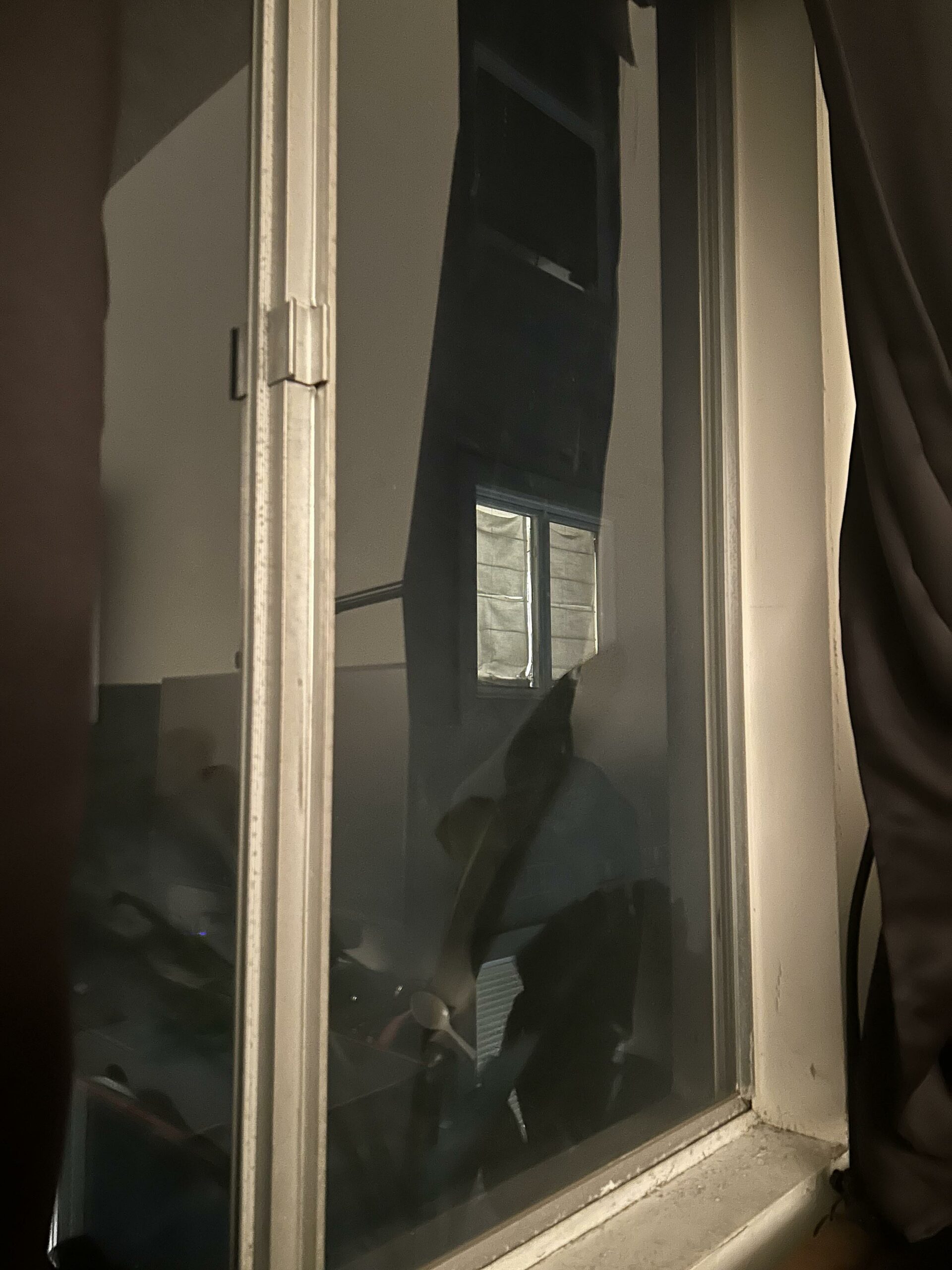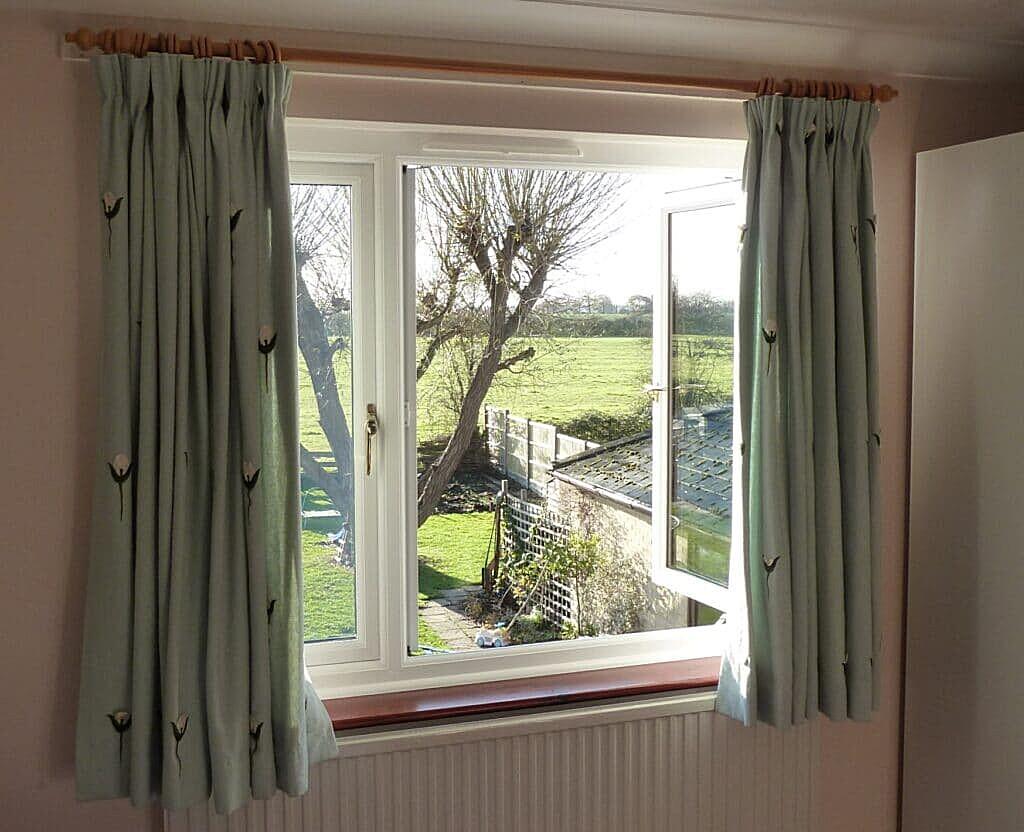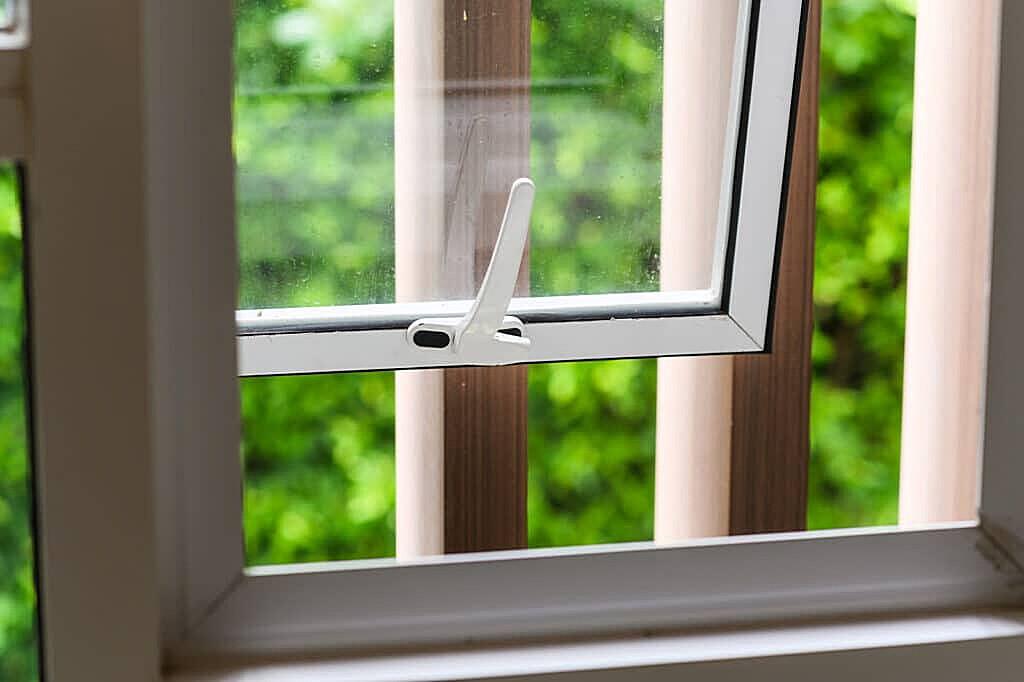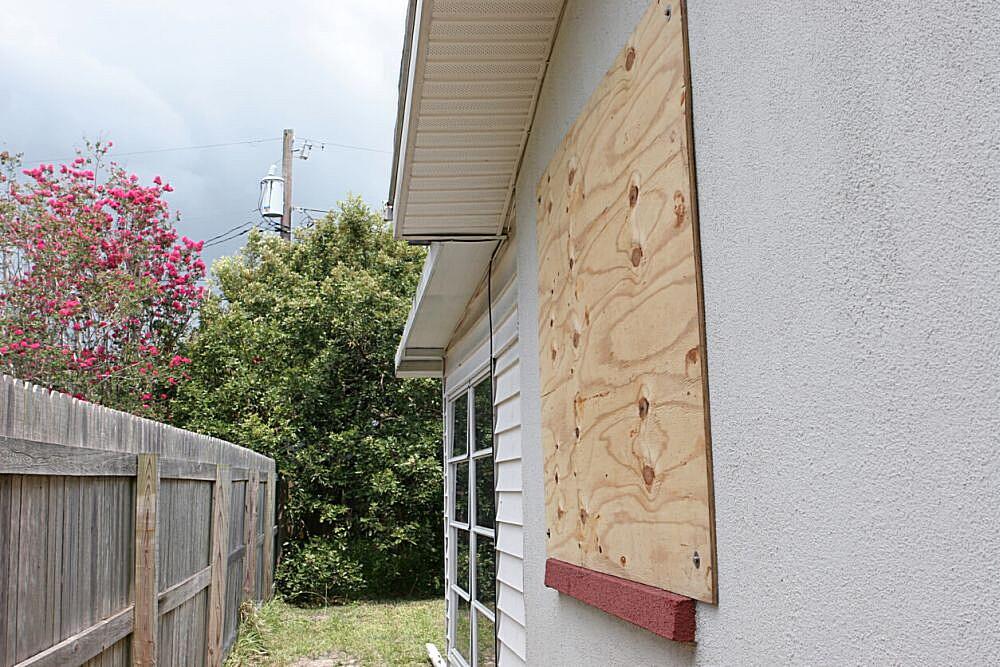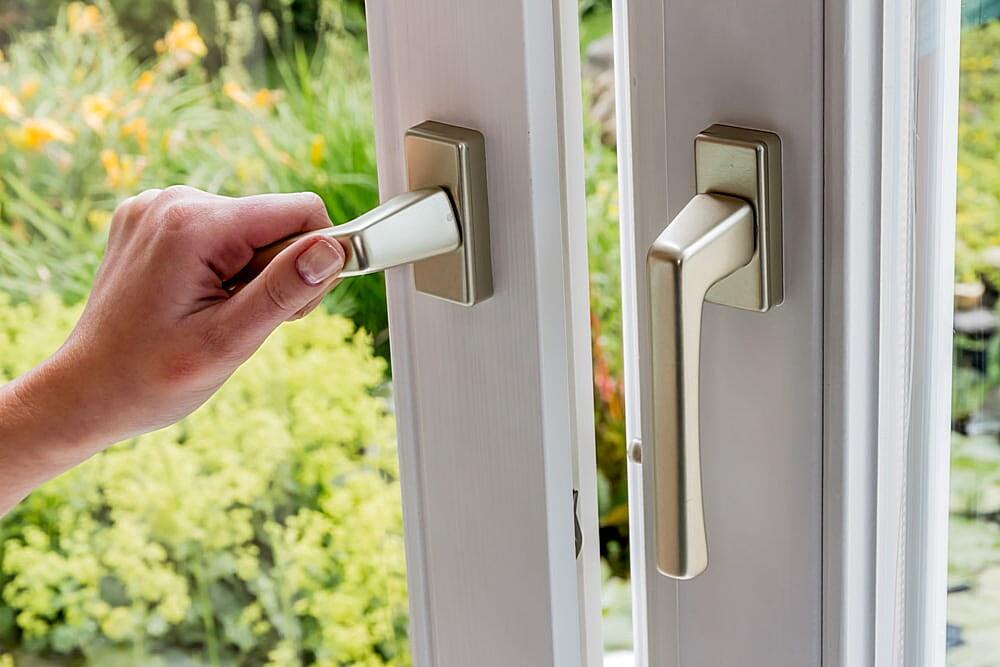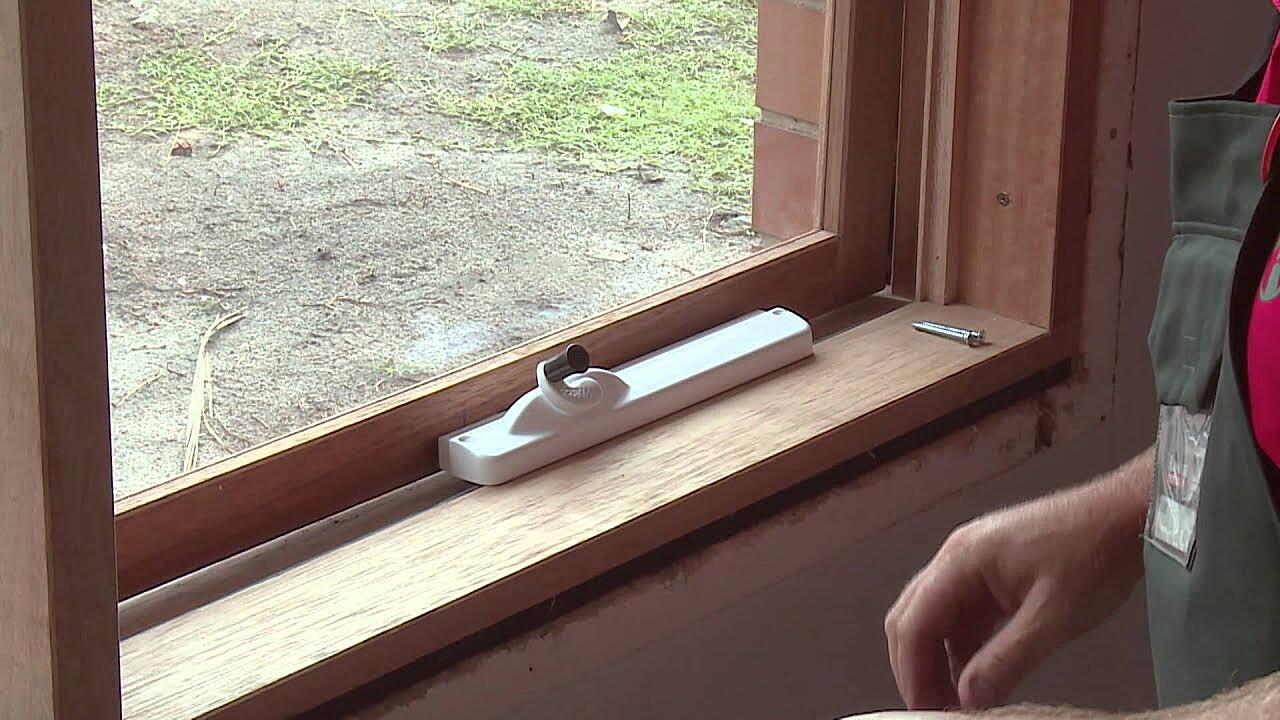You May Also Like :
Is a Little Window Rattle on a Windy Day Normal? Let’s Investigate!
1. Why Do My Windows Seem to Vibrate When the Wind Howls?
Ever sat inside on a blustery day and felt like your windows were about to start a rock and roll band? You’re not alone! Many homeowners experience windows that shake, rattle, and maybe even roll a little when the wind really picks up. But is this something to be genuinely concerned about, or just a quirk of living in a world with weather? The good news is, in many cases, a little window shimmy during a storm is perfectly normal.
Think of it this way: your house, and especially your windows, are designed to withstand a certain amount of pressure from the elements. Wind exerts force, and that force can cause vibrations. Just like a flag flapping in the breeze or a tree swaying in the wind, your windows can react to the push and pull. It’s all about the physics, baby!
However, “normal” is a relative term. A slight vibration is one thing, but a window practically doing the tango is another. We need to consider the age and condition of your windows, the type of windows you have (single pane, double pane, etc.), and the severity of the wind. A properly installed, modern window should be able to handle a good gust without excessive movement. Older windows, not so much. They might be more susceptible to the wind’s whims due to wear and tear.
So, if you’re noticing some shaking, don’t panic immediately. Take a deep breath, maybe make a cup of tea, and let’s delve a little deeper into what might be happening and when you should start to worry.
Factors That Influence Window Vibration
2. What’s Causing All That Racket? Exploring the Culprits
Okay, so we’ve established that some movement is acceptable. But what exactly makes one window vibrate more than another? Several factors come into play. Let’s break down the usual suspects behind your shaky window situation.
First up: window type. Single-pane windows, being thinner and less structurally sound than double-pane or triple-pane windows, are inherently more prone to vibrating. They’re simply less resistant to external forces. Think of them like a thin sheet of paper versus a sturdy piece of cardboard. Which one would flap more easily in the wind?
Next, consider the age and condition of your window frames. Over time, window frames can warp, rot, or otherwise deteriorate. This creates gaps and weakens the seal between the window and the wall. A loose window in a compromised frame is practically begging to shake! It’s like a loose tooth — wobbly and uncomfortable.
Installation also plays a crucial role. A poorly installed window, even a brand new, high-quality one, can be more susceptible to vibration. If the window wasn’t properly sealed and secured in the frame, it’s going to have more room to move around when the wind blows. This is why it’s always worth investing in professional window installation, even if it seems a bit pricey.
Finally, let’s not forget the obvious: wind speed and direction. A gentle breeze is unlikely to cause much of a stir, but a powerful gust of wind, especially one hitting your windows directly, can definitely get them shaking. The architectural design of your home and surrounding buildings can also influence how wind affects your windows. For example, buildings can create wind tunnels that amplify the force of the wind in certain areas.
When Should You Be Concerned About Shaky Windows?
3. From Annoying Rattle to Red Alert
Alright, we’ve covered the “normal” range. But what happens when the shaking goes beyond a mild tremor and starts to feel like a full-blown earthquake? How do you know when it’s time to call in the experts? Let’s identify some red flags.
Firstly, listen carefully to the sounds your windows are making. A slight rattle is one thing, but loud banging, creaking, or grinding noises could indicate a more serious problem. These sounds might suggest that something is loose, broken, or under significant stress.
Secondly, visually inspect your windows for any signs of damage. Look for cracks in the glass, gaps in the frame, or broken seals. These are clear indicators that your windows are compromised and need attention. Also check the caulking around the window. Is it cracked, peeling, or missing? Compromised caulking lets air and moisture in, worsening any existing issues.
Another warning sign is excessive movement. If your windows are visibly bowing or flexing inward during strong winds, that’s a cause for concern. This indicates that they’re not able to withstand the wind pressure and could potentially fail. You don’t want a window suddenly deciding to become a projectile during a storm!
Finally, if you’re noticing drafts around your windows, that’s another sign that they’re not properly sealed. Drafts not only make your home less comfortable, but they also indicate that your windows are losing energy efficiency. This can lead to higher heating and cooling bills.
Simple Fixes and Preventative Measures
4. DIY Solutions to Keep the Rattles at Bay
So, you’ve determined that your windows are shaking more than they should, but the situation isn’t quite an emergency. What can you do to address the issue without immediately calling a professional? There are a few simple fixes and preventative measures you can try.
First, check the weatherstripping around your windows. Weatherstripping is the material that seals the gap between the window and the frame. Over time, it can become worn, cracked, or damaged, allowing air and moisture to leak through. Replacing the weatherstripping is a relatively easy and inexpensive DIY project that can significantly improve your window’s performance.
Next, inspect the caulking around your windows. As we mentioned earlier, cracked or missing caulking can create gaps and allow drafts. Recaulking your windows is another relatively simple DIY project that can help to seal them properly. Be sure to use a high-quality, weather-resistant caulk for best results.
If you notice any loose screws or hardware on your window frames, tighten them. This can help to stabilize the windows and reduce vibration. However, be careful not to overtighten the screws, as this could damage the frame.
Another preventative measure is to trim any trees or shrubs that are growing too close to your windows. Overhanging branches can rub against the windows during windy weather, causing damage and increasing the likelihood of vibration. Keeping your landscaping trimmed can help to protect your windows.
When to Call a Professional Window Expert
5. Knowing When It’s Time to Enlist the Pros
Okay, you’ve tried the DIY fixes, but your windows are still shaking like they’re auditioning for a maraca band. Or perhaps you’ve identified a more serious problem, like cracked glass or a warped frame. In these cases, it’s time to call in a professional window expert.
A qualified window technician can assess the condition of your windows and identify any underlying issues. They have the expertise and tools to diagnose problems that you might miss. They can also provide you with expert advice on the best course of action, whether it’s repairing your existing windows or replacing them altogether.
Replacing windows can be a significant investment, but it can also be a worthwhile one. New windows can improve your home’s energy efficiency, reduce noise pollution, and enhance its curb appeal. Plus, modern windows are designed to be more durable and weather-resistant than older models.
When choosing a window contractor, be sure to get multiple quotes and check their references. Look for a contractor who is licensed, insured, and experienced in window installation. A reputable contractor will be able to answer your questions and provide you with a detailed estimate for the work. Don’t be afraid to ask questions! A good contractor will be happy to explain the process and address any concerns you may have.

